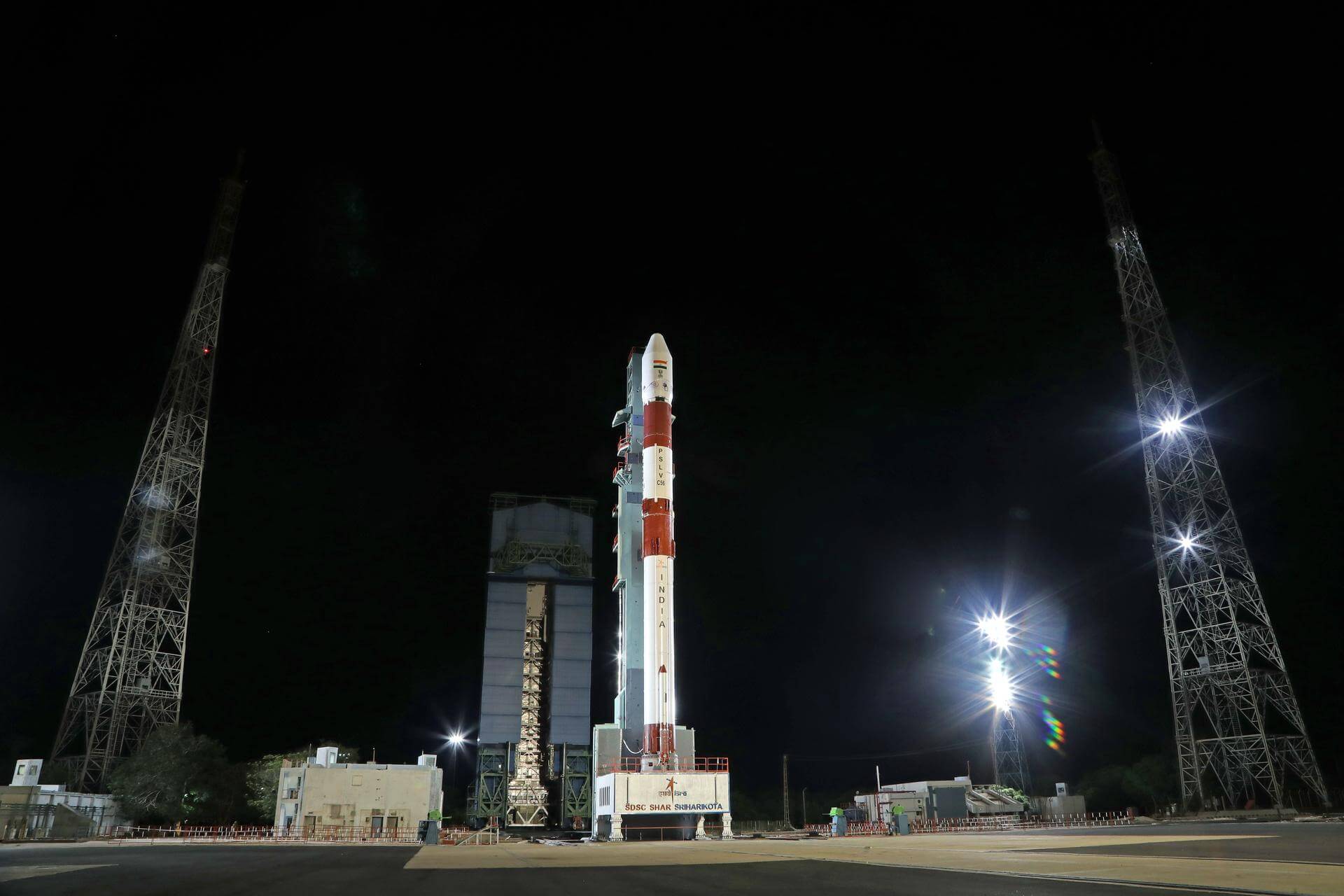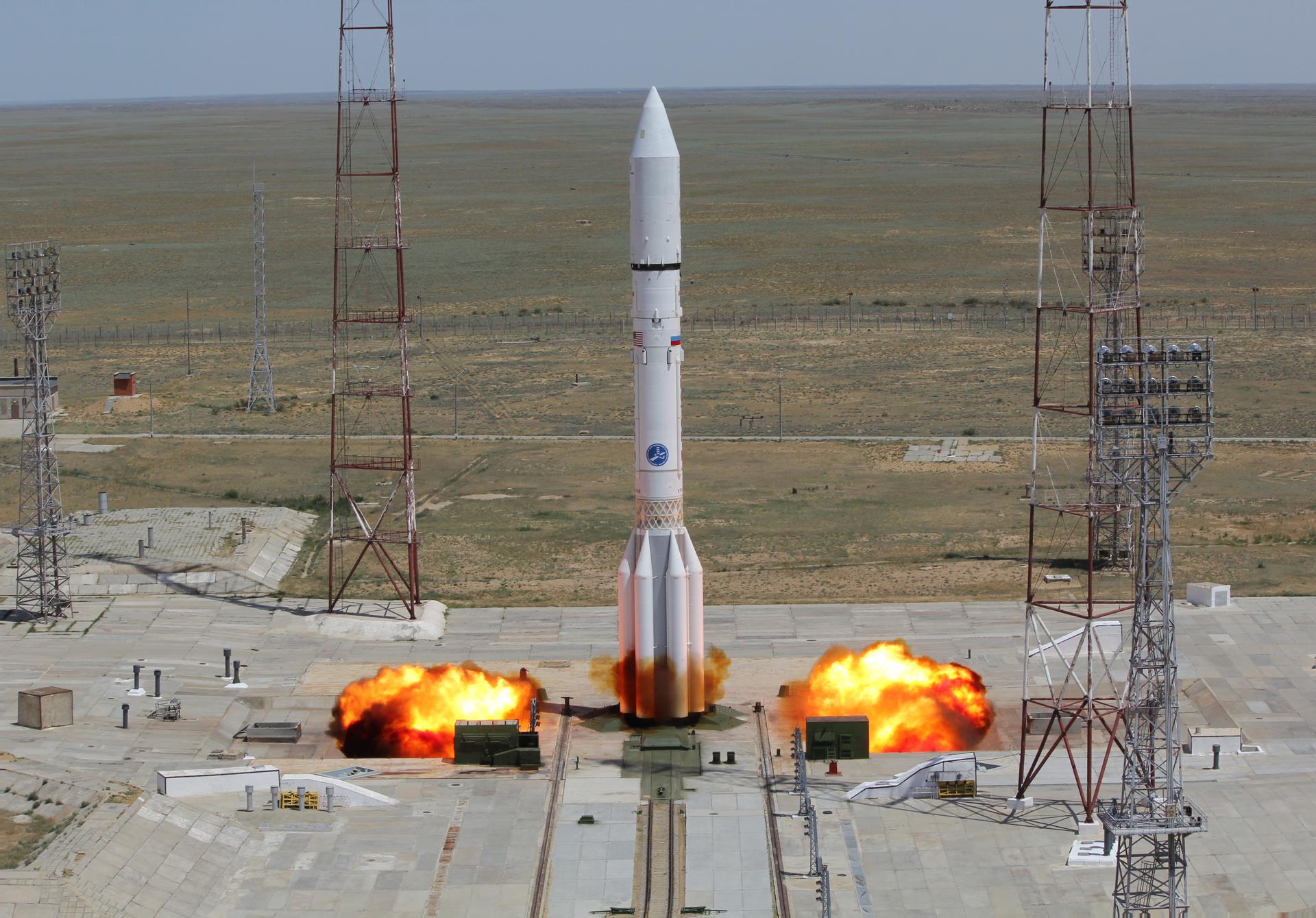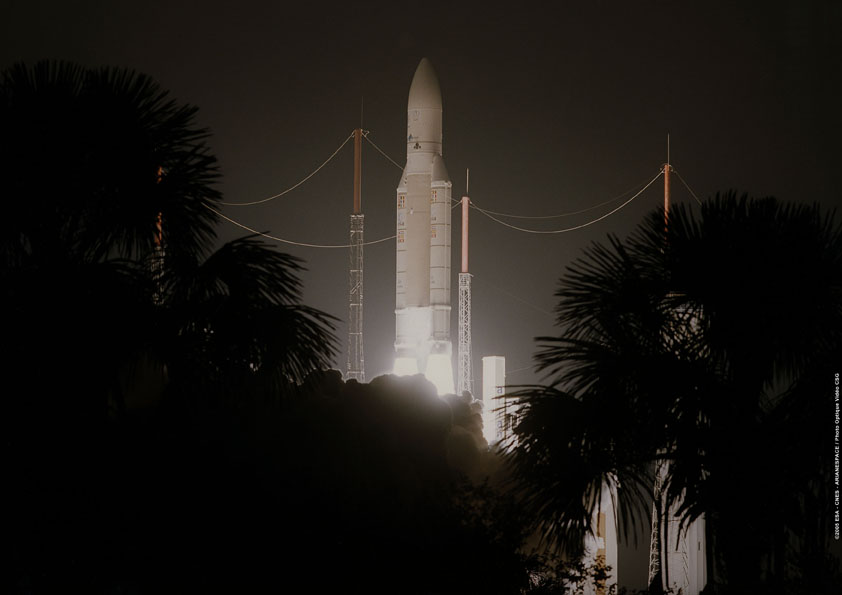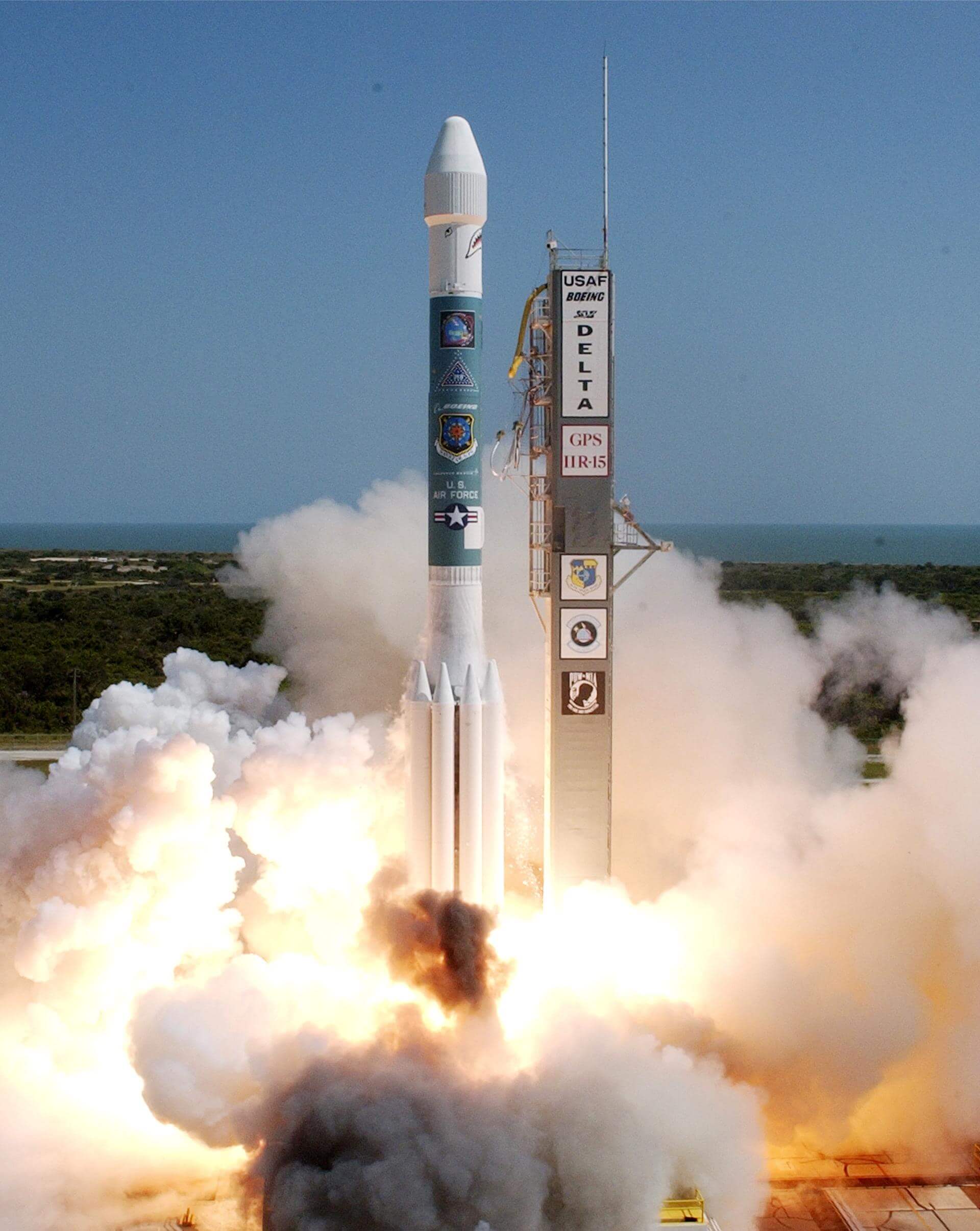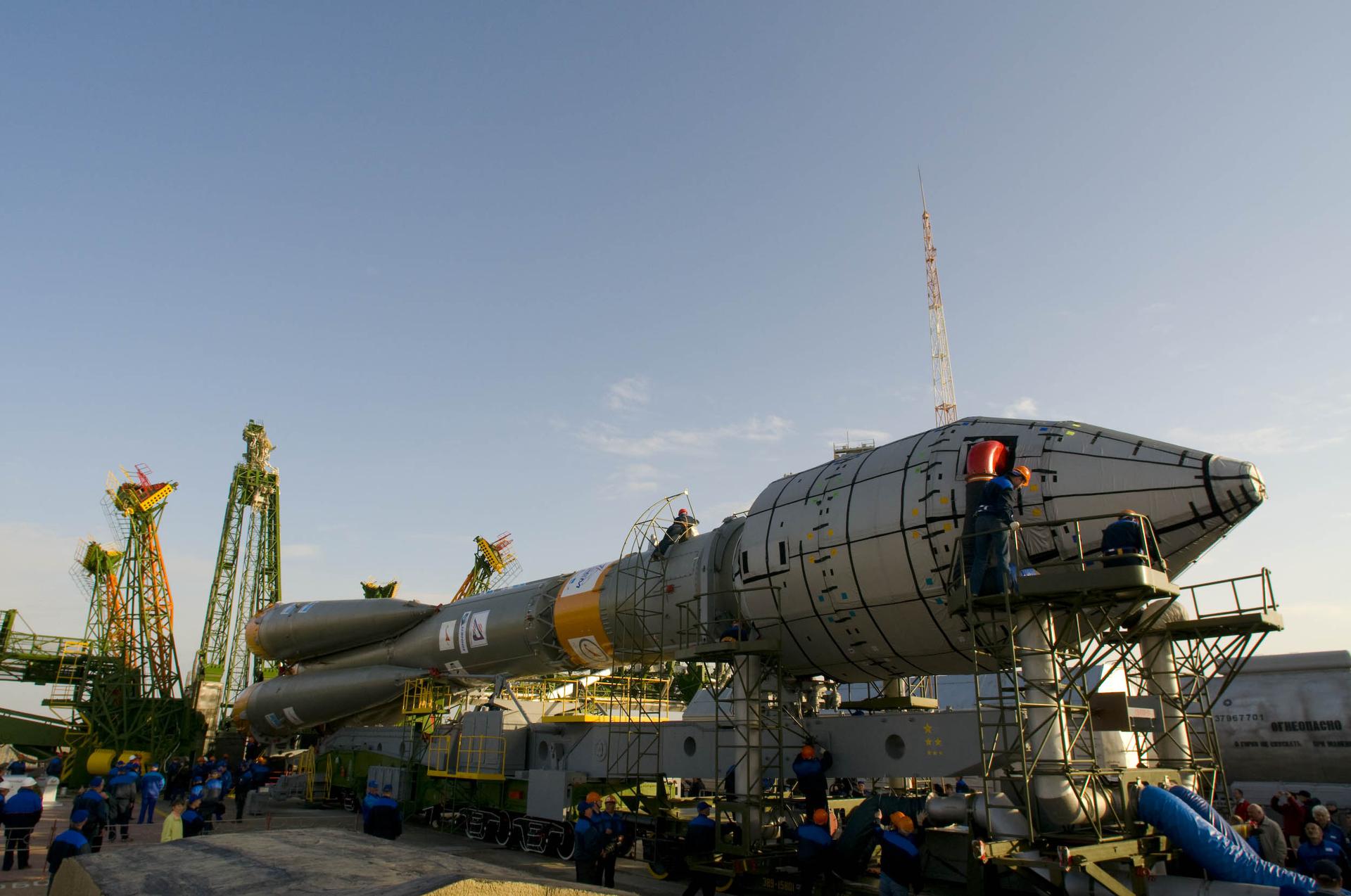Previous Spaceflight Launches
Filter by Agency, Locations or Vehicles
Show All LaunchesSpace Shuttle Atlantis / OV-104 | STS-122
National Aeronautics and Space Administration | United States of AmericaKennedy Space Center, FL, USA
Feb. 7, 2008, 7:45 p.m.
Status: Launch Successful
Mission:
STS-122 was a NASA Space Shuttle mission to the International Space Station (ISS), flown by the Space Shuttle Atlantis. STS-122 marked the 24th shuttle mission to the ISS, and the 121st space shuttle flight overall. The mission was also referred to as ISS-1E by the ISS program. The primary objective of STS-122 was to deliver the European Columbus science laboratory, built by the European Space Agency (ESA), to the station. It also returned Expedition 16 Flight Engineer Daniel M. Tani to Earth. Tani was replaced on Expedition 16 by Léopold Eyharts, a French Flight Engineer representing ESA. After Atlantis' landing, the orbiter was prepared for STS-125, the final servicing mission for the Hubble Space Telescope.
Low Earth OrbitSoyuz U | Progress M-63
Russian Federal Space Agency (ROSCOSMOS) | RussiaBaikonur Cosmodrome, Republic of Kazakhstan
Feb. 5, 2008, 1:02 p.m.
Proton-M Briz-M | Ekspress AM-33
Khrunichev State Research and Production Space Center | RussiaBaikonur Cosmodrome, Republic of Kazakhstan
Jan. 28, 2008, 12:18 a.m.
PSLV | TECSAR 1
Indian Space Research Organization | IndiaSatish Dhawan Space Centre, India
Jan. 21, 2008, 3:45 a.m.
Zenit | Thuraya 3
Sea Launch | RussiaSea Launch
Jan. 15, 2008, 11:48 a.m.
Proton-M | Uragan-M 12 to 14
Khrunichev State Research and Production Space Center | RussiaBaikonur Cosmodrome, Republic of Kazakhstan
Dec. 25, 2007, 7:32 p.m.
Soyuz U | Progress M-62
Russian Federal Space Agency (ROSCOSMOS) | RussiaBaikonur Cosmodrome, Republic of Kazakhstan
Dec. 23, 2007, 7:12 a.m.
Ariane 5 GS | RASCOM-QAF 1 & Horizons-2
ArianeGroup | FranceGuiana Space Centre, French Guiana
Dec. 21, 2007, 9:41 p.m.
Status: Launch Successful
Mission:
RASCOM-QAF 1 is the first satellite dedicated to the African continent. It operates at 2.85 degrees East, providing telecommunication services. Horizons-2 is a communications satellite owned by Horizons Satellite a joint venture between SKY Perfect JSAT Group and Intelsat. It operates at 74 degrees West.
Geostationary Transfer OrbitDelta II 7925-9.5 | GPS IIR-M-5 (USA-199)
United Launch Alliance | United States of AmericaCape Canaveral SFS, FL, USA
Dec. 20, 2007, 8:04 p.m.
Soyuz-FG | Radarsat-2
Progress Rocket Space Center | RussiaBaikonur Cosmodrome, Republic of Kazakhstan
Dec. 14, 2007, 1:17 p.m.



